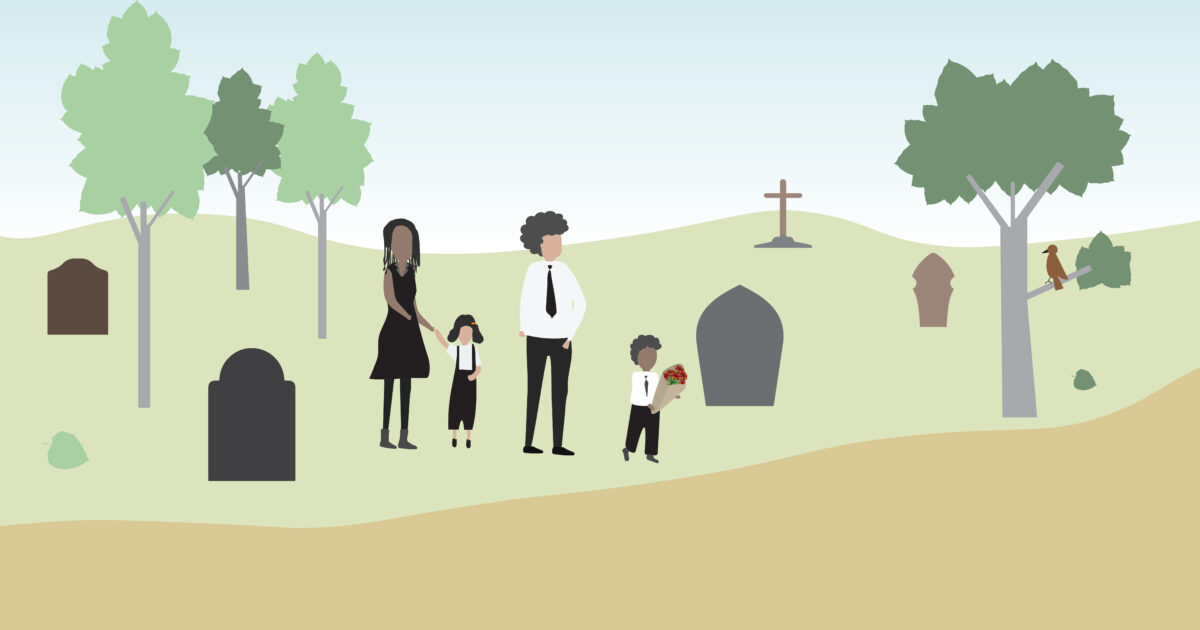
Registrar’s Directive: Authorization for Stages 2-4 Archaeological Fieldwork
Registrar’s Directive: Authorization for Stages 2-4 Archaeological Fieldwork (Assessments and Investigations) on Cemetery Lands (updated as of Feb. 12, 2021)
The Registrar, Funeral, Burial and Cremation Services Act, 2002, Bereavement Authority of Ontario (BAO), requires that a professionally licensed archaeologist retained to conduct any Stages 2-4 archaeological fieldwork (invasive ground disturbances) within a cemetery or within lands adjacent to a cemetery, where the boundaries cannot be conclusively determined based on records, maps and plans of the cemetery, apply for and receive a Cemetery Investigation Authorization (CIA) prior to conducting this fieldwork (*1).
Pursuant to subsection 96. (1) (2) and (3) of the Funeral, Burial and Cremation Services Act, 2002, (FBCSA) the CIA will relieve the licensed archaeologist of the prohibition and liability related to the intentional disturbance of a human burial within a cemetery during this fieldwork.
The application for a CIA must include a copy of the Stage 1 archaeological assessment report and a letter confirming the report was entered into the Ontario Public Register of Archaeological Reports (the Register). Please allow 30 days for review of the CIA application. For reports entered into the Register prior to this Directive, or not yet submitted to Ministry of Heritage, Sport, Tourism and Culture Industries (MHSTCI) for review, the licensed archaeologist must instead provide a detailed fieldwork strategy along with MHSTCI correspondence indicating concurrence with that strategy (*2).
Please note that ground-penetrating radar (GPR) or other non-invasive methods are considered supplementary and not a replacement for a full Stage 3 cemetery investigation for confirming the presence or absence of burials.
Should grave shafts and/or human remains be documented during archaeological fieldwork, all work must cease, and the BAO must be contacted immediately.
Should human remains be found outside of the confirmed boundaries of a cemetery, the Coroner and Police must be notified immediately. If the human remains are not determined to be of forensic interest the matter must then be reported to the Registrar, Funeral, Burial and Cremation Services Act, 2002, Ministry of Government and Consumer Services.
For advice on meeting the 2011 Standards and Guidelines for Consultant Archaeologists in relation to any invasive Stage 2-4 archaeological fieldwork within cemetery lands, or adjacent lands when the boundaries cannot be conclusively determined, please contact MHSTCI at Archaeology@ontario.ca.
For further information about the FBCSA or this Directive, please contact the BAO at info@thebao.ca or (647) 483-2645.
-Carey Smith, CEO/Registrar, FBCSA
*1. Term and Condition of Archaeological license #6 requires: The licensee shall comply with relevant provisions of the Funeral, Burial and Cremation
Services Act, 2002, S.O. 2002, c.33 and Regulation 30/11 and, for projects that took place before July 1, 2012, of the Cemeteries Act, R.S.O. 1990, c.4 and Regulation 133/92.
*2. Further assessment and mitigation measures may need to be required if archaeological sites and/or grave shafts/human remains are identified or if the information provided by the licensed archaeologist is otherwise found to be inaccurate, incomplete, misleading, or fraudulent.



